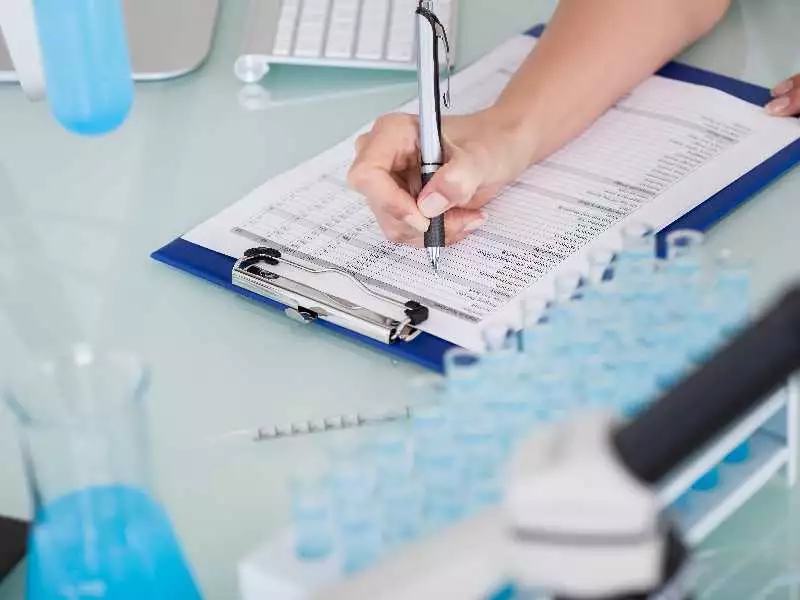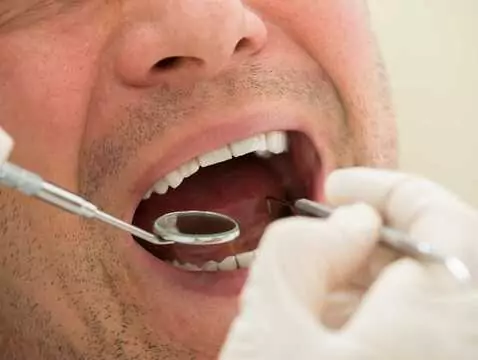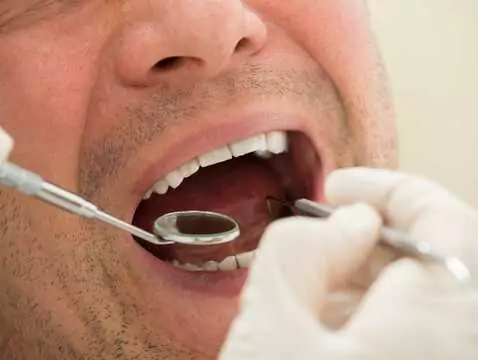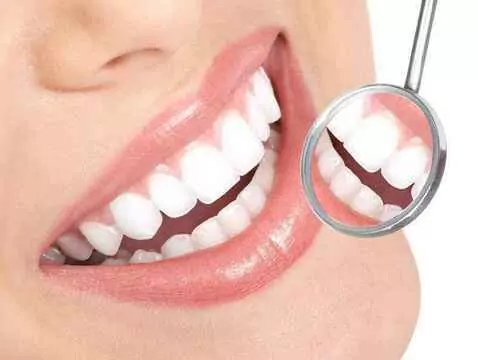Prosthetic stomatopathies are all lesions on the mucosal surface caused by the use of removable complete as well as partial dentures.
Causes of prosthetic stomatopathies
Causes of prosthetic stomatopathies include:
- Mechanical trauma,
- Fungal infection,
- Denture plaque,
- Systemic conditions,
- Bacterial factors,
- Poor denture hygiene,
- Morphological changes,
- Chemical factors,
- Non-physiological conditions created by the denture plate,
- Allergic reactions.
Mechanical trauma is the main factor causing irritation of the mucosa in contact with the denture. They are caused by the roughness of the inner side of the denture plate, poor adherence, incorrectly shaped occlusal surfaces of the acrylic teeth in the prosthetic restoration. Insufficient stabilisation causes excessive displacement, also cusps in the molars that are too high and excessive overlapping of the upper teeth on the lower teeth are common causes of mucosal wounds.
Yeast infection is most commonly caused by Candida albicans species, followed by Torulopsis glabrata, Candida tropicalis. These are opportunistic fungi - that is, they are present in the oral cavity of a healthy person, but in situations favourable to them, they rapidly multiply, increasing in number and disrupting the oral ecosystem. In healthy individuals, acute infection is limited to the oral area. Lesions most commonly occur on the cheeks, tongue and palate. The condition is self-limiting and amenable to treatment. In weakened and immunocompromised patients, the fungal infection may spread to the oesophagus and gastrointestinal tract. The disease is more common in women and in smokers. The infection develops in people with cancer, after administration of antibiotics, sulphonamides and corticosteroids and immunosuppressive drugs. Increased humidity, elevated temperatures, and food residue residues favour yeast-like fungal proliferation.

photo: panthermedia
To diagnose oral candidiasis, a mycological examination must be performed. Four methods of material collection are commonly used:
- Direct smear with a spatula,
- Examination of a saliva sample,
- An impression taken with an alginate mass to make a model with Sabouraud agar,
- Application of foam soaked in Sabouraud agar.









